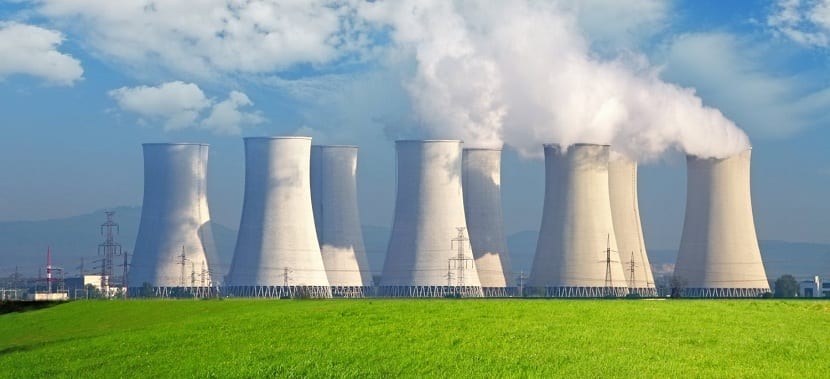
When we talk about all the types of energies that exist, we discuss which are the most efficient, the easiest to extract, the ones with the greatest energy power and, of course, which is the safest. Although it is against everything that is believed so far, the safest energy that exists today is nuclear.
How can this be true? After the Chernobyl incident in 1986 known as the largest nuclear catastrophe in history and the recent accident in Fukushima in 2011, both related to nuclear energy, it is hard to believe that this energy is the safest of all existing on our planet. However, we are going to present you the empirical evidence that this is so. Do you want to know why nuclear energy is the safest of all?
Energy production and economic development
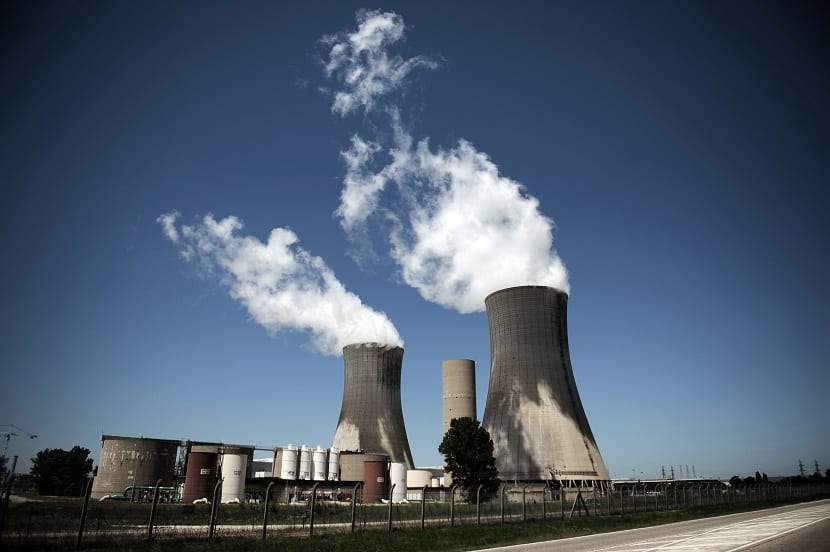
In the economic development of a country, the production and consumption of energy are fundamental components to improve living standards in general. Although energy production is not only linked to positive effects, since they can also lead to negative health results. For example, energy production can be attributed to fatalities as well as severe illness. In this part we include possible accidents in the extraction of raw materials, the processing and production phases and possible contamination.
The objective presented by the scientific community is to be able to produce energy with the least impact on health and the environment. To do this, what type of energy must we exploit? We make a comparison between the most used energies around the world such as coal, oil, natural gas, biomass and nuclear energy. In 2014, These energy sources accounted for almost 96% of the world's energy population.
Energy security
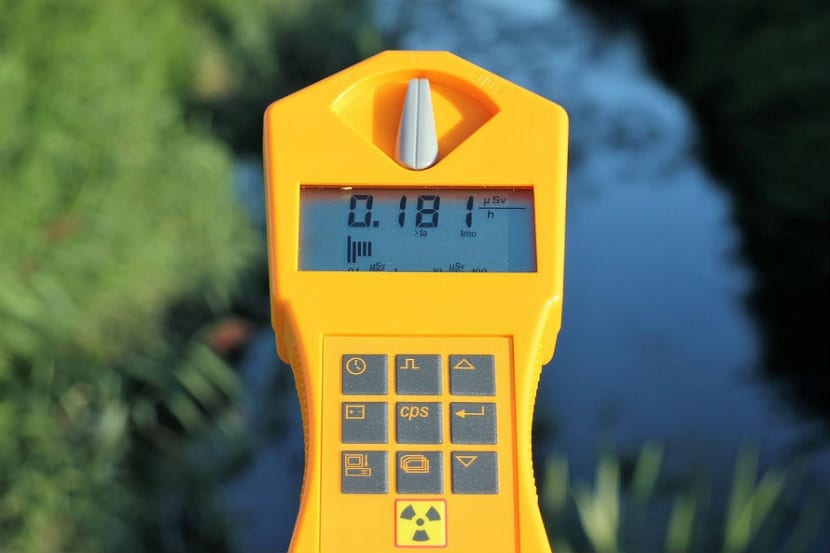
There are two fundamental time frames to be able to quantify and classify the deaths or the potential danger in the production of energy. Based on these variables, the degree of danger that the extraction of one type of energy or another has, both for humans and for the environment, can be established.
The first time frame is short-term or generational. This consists of deaths that are related to accidents in the extraction, processing or production phase of energy sources. Regarding the environment, the pollution impacts they have on the air during its production, transport and combustion are analyzed.
The second frame is the long-term or intergenerational impact such as disasters such as Chernobyl or the effects of climate change.
Analyzing results obtained from deaths caused by air pollution and accidents, it is seen how deaths related to air pollution are dominant. In the case of coal, oil and gas, they represent more than 99% of deaths.
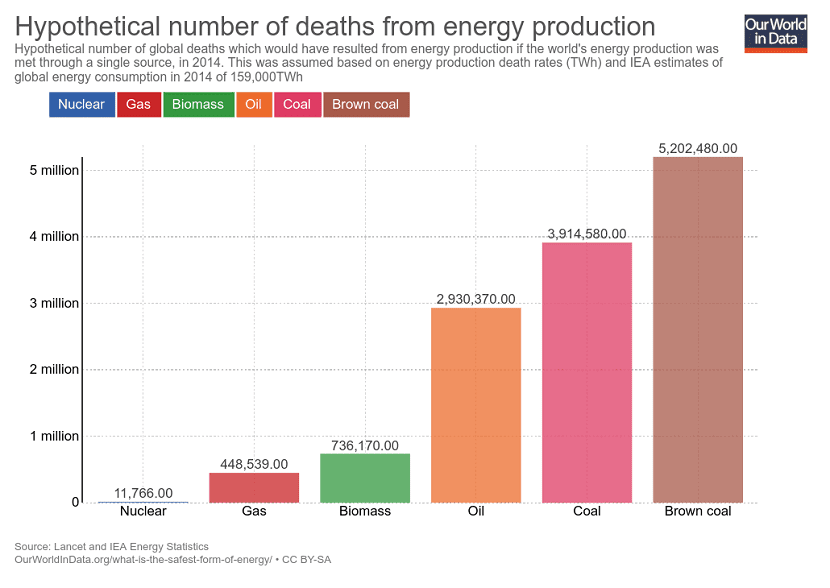
Number of deaths caused by the generation of the different types of energy
Key amounts of sulfur dioxide and nitrogen oxides are present in the energy extracted from coal-fired power plants. These gases are precursors of ozone and particulate pollution that can have an impact on human health, even at low concentrations. These particles are present in the development of respiratory and cardiovascular diseases.
Analyzing deaths related to nuclear energy, we see that there are 442 times fewer deaths relative to coal per unit of energy. It should be noted that these figures also take into account estimated cancer-related deaths as a result of radioactive exposure from nuclear power production.
Nuclear waste management

The maximum danger of nuclear energy in the long term is what to do and how to manage nuclear waste. It is quite a challenge to manage this radioactive waste, since for many years they will continue to emit large amounts of radiation. This period of concern for waste stretches from 10.000 to 1 million years. Therefore, we divide the residuals into three categories: low, intermediate and high-level residues. The capacity that exists to deal with low and intermediate levels of residues is often well established. Low-level waste can be safely compacted, incinerated and buried at a shallow depth. Intermediate level waste, which contains higher amounts of radioactivity, needs to be protected in bitumen before disposal.
The challenge begins when high-level waste must be managed. Things get too complicated, since the long useful life and high amounts of radioactivity in nuclear fuel mean that the waste must not only be properly protected, but also to be in a stable environment for a million years. How do you find a stable place to keep waste for a million years? What is normally done is to store these residues in deep geological storage. The difficulty of this lies in finding deep geological places where it can be stored in a stable way and does not pollute its surroundings. In addition, it should not pose a danger to human health. We have to bear in mind that we are talking about a period of a million years and geological places, no matter how stable they are, have fluctuations in temperature and water levels, which makes it not stable for so long.
Deaths caused by climate change

As mentioned before, energy production does not only have short-term health effects related to accidents and pollution. It also has long-term or intergenerational impacts on human health and the environment. One of the best known long-term effects of energy production is global warming. The most pronounced impacts of this global warming is climate change that produces extreme climatic conditions, an increase in the frequency and intensity of extreme weather events, a rise in sea level, a reduction in fresh water resources, lower crop yields, etc. . This upsets all the world's ecosystems and turns the tables.
It is very difficult to attribute deaths to climate change, since, being in the long term, it is more complex to relate. However, the increase in deaths caused by the most intense and frequent heat waves is evident, and these have been caused by climate change.
To relate deaths from climate change to energy production, we use the energy intensity of carbon, which measures the grams of carbon dioxide (CO2) emitted in the production of one kilowatt-hour of energy (gCO2e per kWh). Using this indicator, it can be assumed that energy sources with higher carbon intensity would have a greater impact on mortality rates from climate change for a given level of energy production.
The most insecure sources of energy in the short term are also insecure in the long term. On the contrary, the safer energies in the current generation are also safer in the future generations. Oil and coal have high mortality rates both in the short and long term, in addition to being responsible for air pollution. However, nuclear and biomass energy are less carbon intensive, about 83 and 55 times lower than coal to be exact, respectively.
Therefore, nuclear energy is lower in short-term and long-term mortality related to energy production. It is calculated that up to 1,8 million air pollution-related deaths averted between 1971 and 2009 as a result of energy production with nuclear power plants instead of available alternatives.
Conclusions on energy security

Chernobyl 30 years after the nuclear accident
When talking about energy security in the nuclear field, questions arise such as: how many died as a result of the nuclear incidents in Chernobyl and Fukushima? In summary: Estimates vary but the number of deaths from Chernobyl is likely to be in the tens of thousands. For Fukushima, the majority of deaths are expected to be related to stress induced by the evacuation process (out of 1600 deaths) rather than direct radiation exposure.
It must be borne in mind that these two events are autonomous even though their impacts have been great. However, taking into account all these years, the number of deaths from these two accidents is much lower than all the people who have died from air pollution from other energy sources such as oil and coal. The World Health Organization estimates that 3 million die each year from ambient air pollution and 4,3 million from indoor air pollution.
This has a controversy in the perception of the people, because the events of Chernobyl and Fukushima have been known disasters around the world and newspaper headlines for a long time. However, deaths from air pollution continually become silent and no one knows its repercussions in such detail.
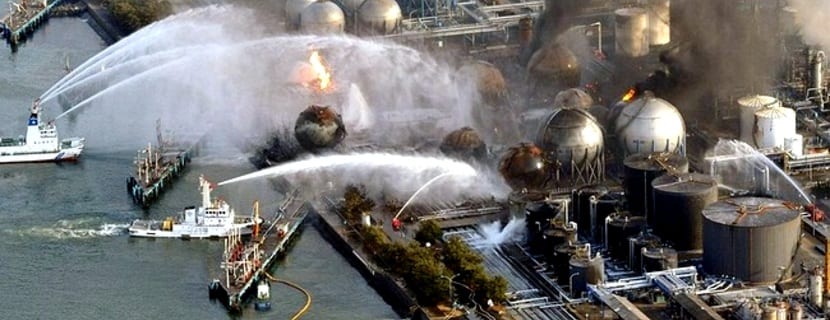
Fukushima nuclear accident
Based on current and historical figures for energy-related deaths, nuclear power appears to have caused by far the least damage of today's major energy sources. This empirical reality is largely at odds with public perceptions, where public support for nuclear power is often low as a result of safety concerns.
Public support for renewable energy production is much stronger than for fossil fuels. Our global transition to renewable energy systems will be a time-consuming process, an extended period during which we must make important decisions about sources of power generation. The safety of our energy sources should be an important consideration in the design of the transition pathways that we want to take.
It is a very beneficial clean energy and less polluting compared to (coal, gas and oil) it has the lowest percentage of human deaths 442 times less in relation to coal and oil per unit of energy taking into account the accidents of Fukushima and Chernobyl. The dangerous thing is how to treat nuclear waste responsibly because these waste will continue to emit large amounts of radiation for many years (10000 to 1 million years) the most dangerous are the high-level waste that for safety must be put in places stable geological.
Thank you, I help my friend from the Canary Islands in his work with Nuclear Bombs.